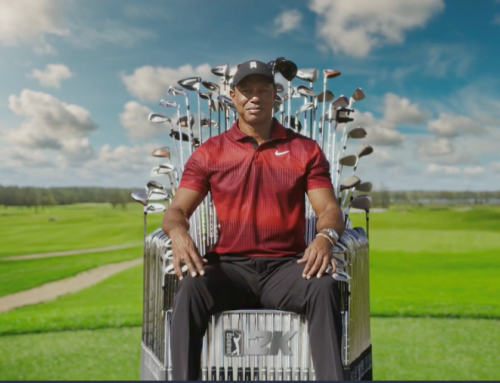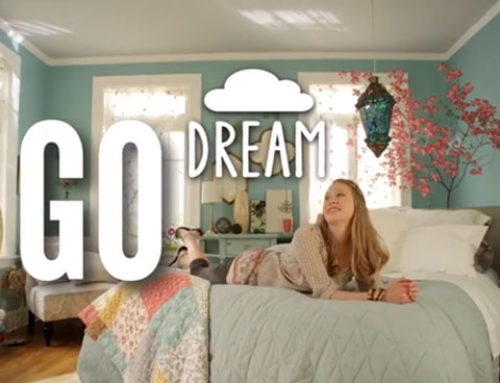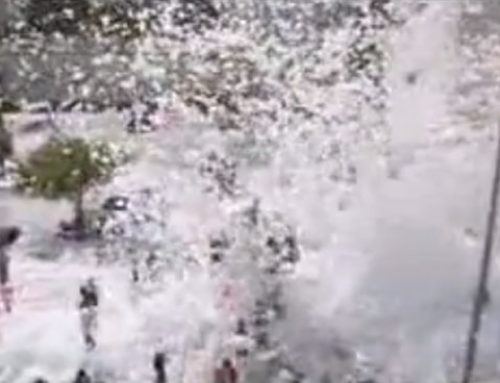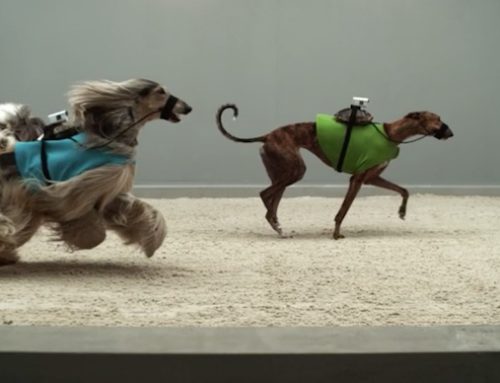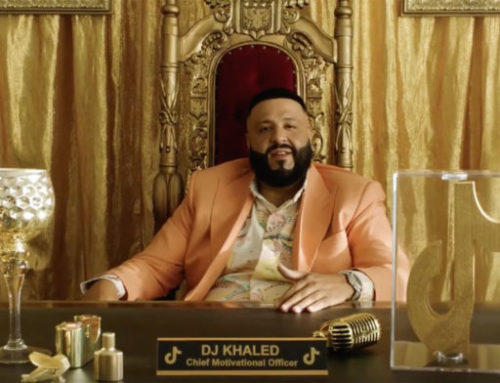When done right, lighting evokes emotion, guides audience attention, and elevates the quality of production. Lighting is especially important in video and film production because cameras do not pick up light in the same way as the human eye. Location, glare from the sun, shadows, ambient light, and changing natural light conditions are all basic considerations on set. Lighting directors use artificial key light, fill light, and backlight to bridge the natural gaps and gain the desired effect.
Important Lighting Techniques
Placement of lighting has a considerable impact
For instance, frontal lighting placed in front of the subject diffuses shadows when filming a closeup of someone’s face—perhaps a love interest or an action hero. Top lighting increases glamor, beauty, and dominance. Side lighting placed to the left or right creates a sculpting shadow that heightens a sense of mystery or drama. Back lighting creates a silhouette and is often used in mysteries or horror films. Similarly, underlighting produces heavy shadows for dramatic impact.
The quality of lighting matters, too
Harsh lighting produces crisp shadows and contrast to heighten intensity (think “Sin City”), whereas soft and diffused lighting creates a romantic, dreamlike atmosphere (like “Midsommar”).
Choosing the right source of lighting produces different effects
Key lighting emphasizes the actor or a particular prop. A high key light lowers the contrast, which can be used in bathrooms, hospitals, or heavenly settings. Low key lighting increases contrast and the sense of mystery. Fill lighting is then applied to reduce shadows.
Lastly, the color of the lighting helps bring the artistic vision to life
Warm tones produce a happy feeling—perfect for shooting a day at the beach. Cool tones can be sad or lonely—like a gloomy evening walk. White lighting can be futuristic or sterile—used in alien spaceships and laboratories.
Colored lighting produces a number of effects. Green, for instance, was featured prominently in “Natural Born Killers” and “Event Horizon” to evoke terror. In “Drive,” cooler bluer tones are used to give audiences the feeling that the main character is aloof and detached from his love interest. In “Good Fellas,” Martin Scorsese uses red to indicate violence, danger, and lust.
Pitfalls of Poor Lighting
When the lighting is done right, audiences are drawn into the story and captivated. When lighting goes off the rails, the whole production suffers.
- When the lighting is too dark, your efforts are wasted. When films are almost too dark to watch, it takes the audience out of the story and nullifies all the efforts of the locations scouts and production design team (as well as the actors!).
- When the lighting is off, your film looks disjointed and cheaply done. Indie movies that look cheap are almost always so due to the quality of the lighting. Filmmakers who try to “fix the lighting later” in post-production almost always end up with poor color grading and subpar quality.
Get High-Quality Production Design
Movie Prop Rentals offers high-quality production lighting and set design anywhere in the USA. We’ve worked on over 500 music videos, TV commercials, and major motion pictures to create high-caliber productions every time. Contact us for a free quote today.

